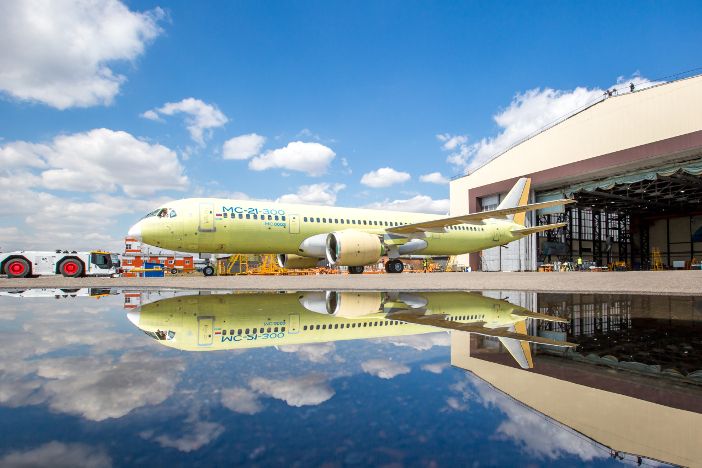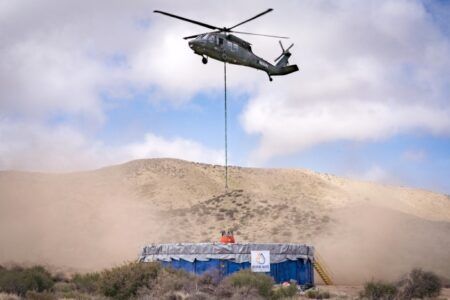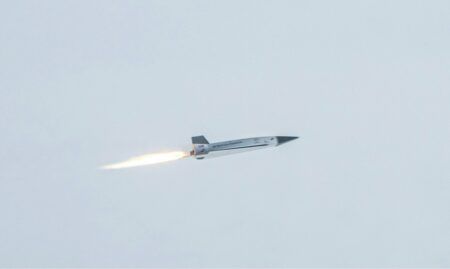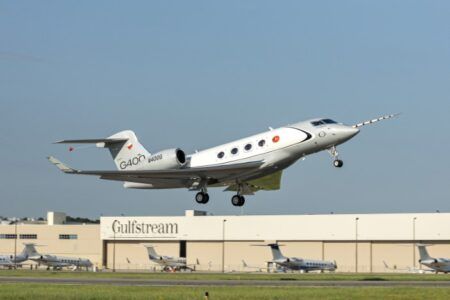Russian aircraft manufacturer Irkut is to send one of its MC-21 test aircraft to Arkhangelsk in the north west of Russia for cold weather testing later this month.
The twin-engine MC-21-300 first flew in May 2017 and is powered by Pratt & Whitney PW1400G or Aviadvigatel PD-14 turbofans. The standard MC-21-300 has a capacity of up to 211 passengers and a range up to 6,000–6,400 km (3,200–3,500 nmi). It will be followed by a shortened MC-21-200 version.
Testing of the MC-21 was only briefly interrupted by the Covid-19 pandemic. In December a test MC-21-310 aircraft, the variant that will use the Russian-made PD-14 engines, was flown for the first time, making Irkut’s MC-21 test aircraft five strong.
The test program is operated out of Irkut’s facilities at Zhukovsky Airport, near Moscow.
According to the website aviation21.ru the cold weather testing is planned to start on March 22 and finish on April 11 during which time the test aircraft will perform up to 15 flights. A team of 38 people will work on the test program, with the support of Arkhangelsk airport, which will provide meteorological information, ground handling machinery and equipment, including anti-icing fluid and measures.
Cold weather testing ensures that the performance and control of the aircraft and engine operation is not diminished too much by ice accumulations that form during flights in freezing weather.





